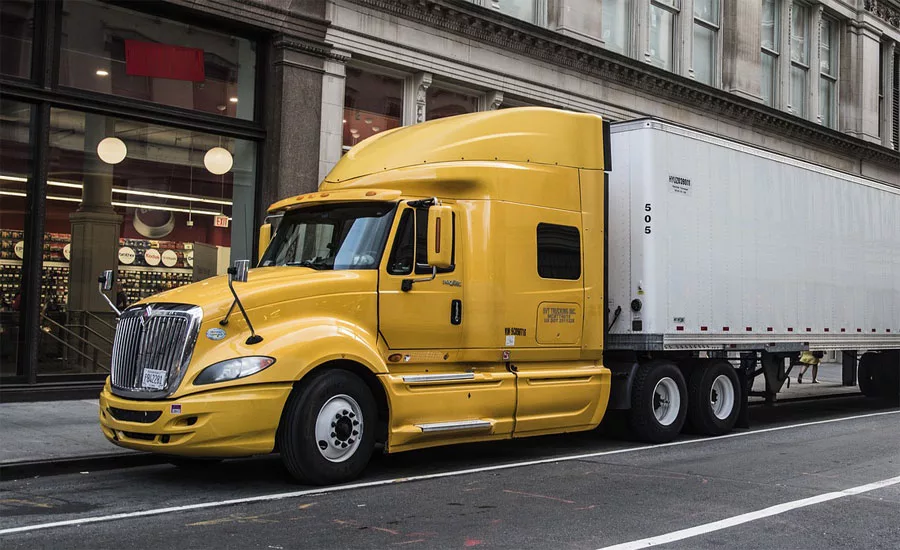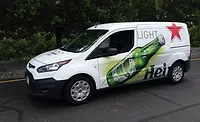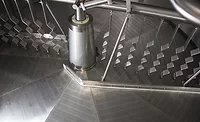Tips for improving driver recruitment and retention
Companies move away from CDL-only mindset

Perhaps the biggest fleet-related issue that probably isn’t going away any time soon is the shortage of drivers, especially those with a commercial driver’s license (CDL). Although it’s hard to look at a national unemployment rate below 4 percent as anything but good news, an unfortunate consequence of such a positive economic trend is that it’s become even harder to recruit and retain qualified drivers.
However, the upside is that it’s forced beverage fleet managers to rethink how they find, train and keep their drivers. And a pervasive trend currently is the shift in focus toward smaller vehicles that don’t require CDL drivers.
“What people have been saying they like about [those smaller vehicles] is that it actually provides a promotion path for them,” says beverage distribution consultant Chet Willey, president of Chet Willey Associates, Arlington, Texas. “[Distributors] can bring someone in and start them as a merchandiser — or whatever. If it works out and the person does really well driving a smaller truck, then they’re able to move him up at a later date and they have a better shot of keeping him … without [the distributor] having to pay for the CDL.”
Yet, one of the most significant personnel risks fleet managers face is having a new hire use the distributorship as merely a launch pad for bigger and better things. Willey points out that some distributors have instituted a penalty for drivers whom they’ve trained for the CDL, but leave too soon once they qualify for a higher-paying job elsewhere.
“[The distributors] will have them sign a contract saying they’ve got to stay at least a year,” he explains. “If [the drivers] don’t make it a year, there’s a penalty — $1,000, $2,000 or whatever the cost of training and getting them their CDL is. If the distributor’s going to work with you to get your CDL — which is not going to cost you a dime — [committing to a year] is a small price to pay. They don’t want you to be gone in 30 days and a year’s not a long time.”
Hiring a CDL driver shouldn’t even be distributors’ core focus, notes Steve Golladay, manager and owner of the Charlotte, N.C.-based consultancy company Total System Thinking Solutions and former vice president of supply chain services and support at Coca-Cola Bottling Co. Consolidated. Recruiters should hire for the specific job demands of the beverage delivery business, he says.
“Only about 10 to 20 percent of the job is driving,” Golladay says. “[Fleet managers] get in their heads, ‘I’ve got to have someone with a commercial driver’s license.’ That’s true, but don’t make it a priority. Make the priority who can and will do the work, then you can teach them to drive and get them a CDL.”
Large freight carriers can be a particular thorn in a beverage fleet manager’s side, as those big haulers tend to pay better, employ a massive number of drivers and experience frequent turnover. Although these opportunities can be seductive for a newly minted CDL driver, beverage fleets needn’t worry about this competition, Golladay says.
“Most of those [CDLs] aren’t looking for hard, labor-intensive jobs,” he explains. “These are people who want to drive 500 miles and then go home. The most physical thing they do is maybe turn a crank on the trailer.”
Distributors should focus on direct-store-delivery (DSD)-related job prospects working in other parts of the labor market. “Sometimes the DSD system pays better than working in a factory does, so go ahead and compete with that group of people,” Golladay advises. “There’s a more readily available group of talent.”
There’s also a quality-of-life appeal to be made. The higher-paying jobs with major carriers often take the driver away from home for days, sometimes weeks at a time. Beverage delivery drivers typically go home to their families every night.
Golladay also recommends re-configuring the work week to add an attractive point of difference for your company. He recalls implementing a four-day work week where each team member would work 12 hours a day, 48 hours a week. Not only did they get two hours back from their previous, 10-hours-a-day, five-day work week, but the rotating schedules enabled them to earn a five-day weekend every six weeks.
Additionally, delivery operations should focus on incorporating tools and techniques that make the day-to-day job of a DSD driver less physically punishing. For instance, Golladay was instrumental in developing the CooLift hydraulic lifting system in partnership with Magliner.
The system allows for steady, stable raising and lowering of cases without manual lifting, reducing physical impact on the worker and enabling faster delivery of a greater number of cases. Golladay points to such a product as a driver retention tool.
“Sometimes you pay a little less, but you make it a more desirable job,” he notes. “If you take a lot of the physical stress off the job, make it easier and keep [your drivers] safer, you can increase your labor pool and increase the demographics that you can hire for those jobs.” BI
Looking for a reprint of this article?
From high-res PDFs to custom plaques, order your copy today!





